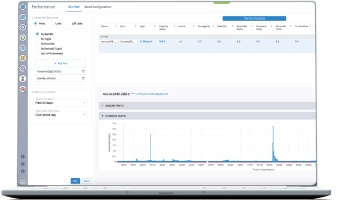Smarter networks. Greater value.
Reduce complexity, drive new revenue, and secure your network with smarter, data-driven solutions.
Advanced solutions for service providers
Discover new revenue opportunities and reduce costs with solutions that deliver unmatched simplicity, resilience, and scale for service providers.























